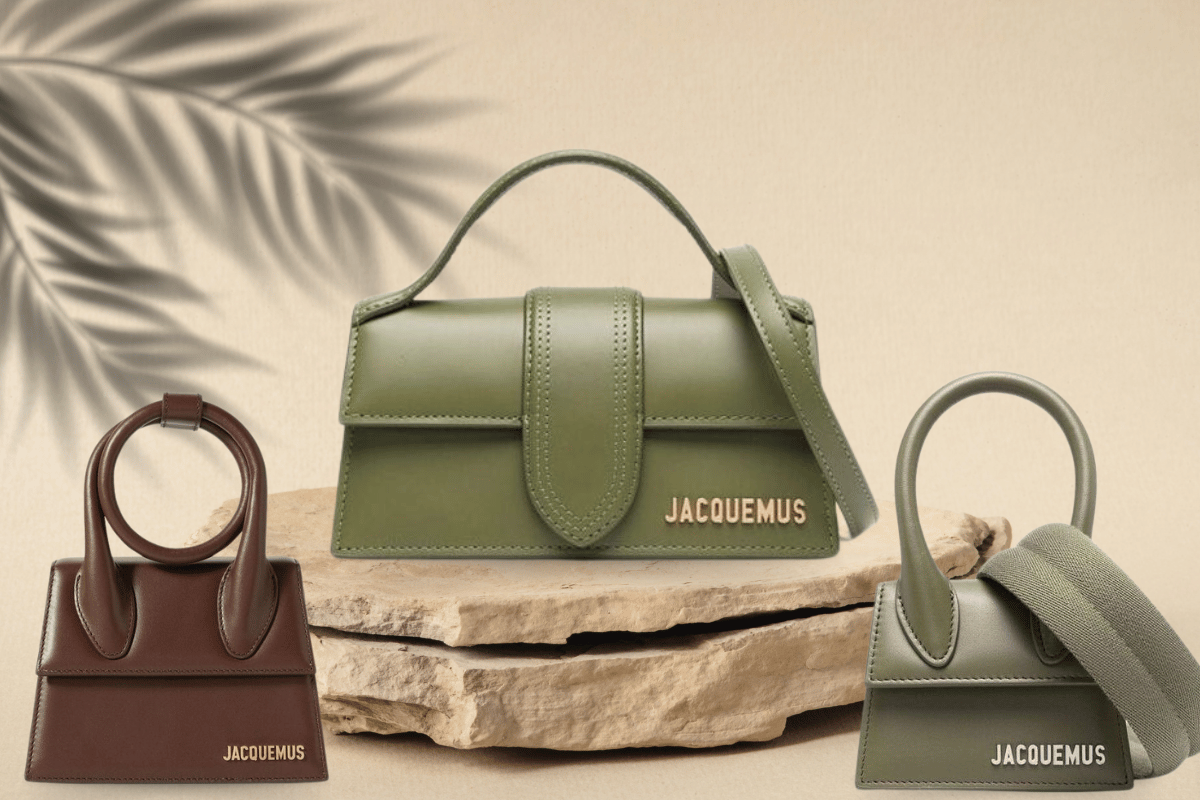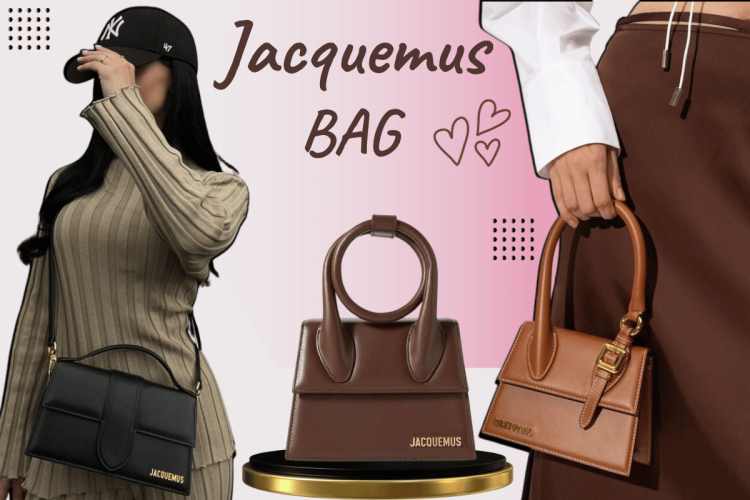In the landscape of high fashion, few brands have captured the zeitgeist quite like Jacquemus. Led by the enigmatic Simon Porte Jacquemus, the label has carved a niche with its avant-garde silhouettes, playful proportions, and, most notably, its miniature bags. More than just accessories, these tiny treasures have become cultural icons, sparking conversations, challenging norms, and redefining the very idea of luxury. Let’s delve into the captivating world of Jacquemus bag, unraveling the threads of creativity, controversy, and undeniable allure that have woven them into a global phenomenon.
Micro Mania: A Case For The Minaudière
At the heart of the Jacquemus bag movement lies a size revolution. Gone are the days of cavernous totes and practical backpacks; Jacquemus champions the micro-mini bag, barely large enough to hold a tube of lipstick or a single credit card. The Chiquito, Le Petit Chiquito, and the iconic Le Mini Bag – these pocket-sized wonders have become synonymous with the brand, their diminutive stature a bold statement against practicality and a playful wink at traditional luxury.
However, the appeal of these Lilliputian bags goes beyond mere novelty. They embody a sense of freedom and liberation from the burdens of conventional handbags. Holding just the bare essentials, they force us to prioritize experiences over possessions, encouraging a minimalist approach to daily life. They become conversation starters, quirky accessories that spark amusement and intrigue, challenging societal expectations of what a bag should be.
The Art of Illusion: Big Impact, Tiny Package

But don’t underestimate the impact of these tiny powerhouses. Crafted from luxurious materials like buttery leathers, soft suedes, and vibrant pops of color, each Jacquemus bag is a meticulously designed miniature masterpiece. They boast intricate details, sculptural shapes, and playful hardware, transforming the concept of a bag into a wearable work of art. The oversized shoulder straps of the Le Chiquito, the candy-colored chain handles of the Bambino, the exaggerated clasp of the Le Sac Rond – these design elements elevate the bags from mere accessories to miniature fashion statements.
Moreover, the micro-mini trend transcends the confines of Jacquemus, influencing other designers and sparking a broader conversation about size and scale in fashion. It’s a rebellion against the notion that bigger is always better, a celebration of the unexpected and the unconventional. It’s about making a statement without needing to carry the weight of the world on your shoulder.
Social Media: A Big Influence
Social media has played a crucial role in propelling Jacquemus bags to global fame. The brand’s Instagram-friendly designs have made them a favorite among influencers, who showcase the bags in carefully curated photoshoots, further amplifying their popularity. The visual appeal of Jacquemus bags aligns seamlessly with the digital age’s emphasis on aesthetics and visual storytelling.
Beyond The Bag: A World of Jacquemus
The Jacquemus bag is not just a piece of fabric and leather; it’s a portal into the whimsical world of the brand. Simon Porte Jacquemus, with his infectious energy and unapologetic vision, has built a universe around his micro-mini creations. From his surreal runway shows in lavender fields and wheat fields to his playful social media posts and collaborations with celebrities like Kylie Jenner and Dua Lipa, he creates a captivating narrative that extends far beyond the clutches of his tiny bags.
This holistic approach to branding adds another layer of allure to the Jacquemus bag. It becomes a badge of entry into a world of creative freedom, playful self-expression, and a touch of avant-garde whimsy. Owning a Jacquemus bag isn’t just about the accessory; it’s about subscribing to a way of seeing the world, one where tiny objects can hold big magic and unexpected proportions can redefine luxury.
Controversy And Critique: The Flip Side of Micro
However, the Jacquemus bag phenomenon is not without its critics. Some argue that the emphasis on miniature sizes is impractical and elitist, catering to a select group with the luxury of not needing to carry everyday essentials. Others point to the environmental impact of producing such small items, questioning the true sustainability of a trend built on excess and novelty.
These are valid concerns that deserve consideration. It’s important to acknowledge the potential downsides of the micro-mini trend and encourage discussions about responsible consumption and inclusivity in the fashion industry.
But beyond the critique, it’s important to recognize the power of Jacquemus bags to spark conversations, challenge norms, and bring a touch of playful whimsy to the often-serious world of high fashion. They are testaments to the creative audacity of Simon Porte Jacquemus and his ability to capture the zeitgeist with a cheeky wink and a miniature masterpiece.
Conclusion
The Jacquemus bag is more than just an accessory; it’s a cultural phenomenon. It’s a bold statement about size, creativity, and the freedom to redefine luxury. It’s a playful wink at expectations, and a reminder that sometimes, the smallest things can hold the biggest impact. Whether you find them impractical or ingenious, miniature, or monumental, there’s no denying that Jacquemus bags have carved their own niche in




